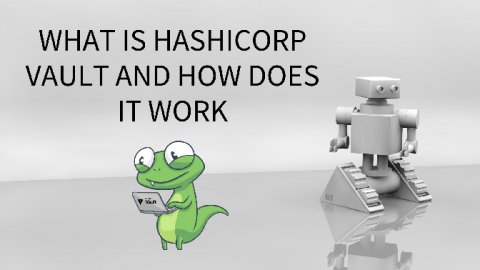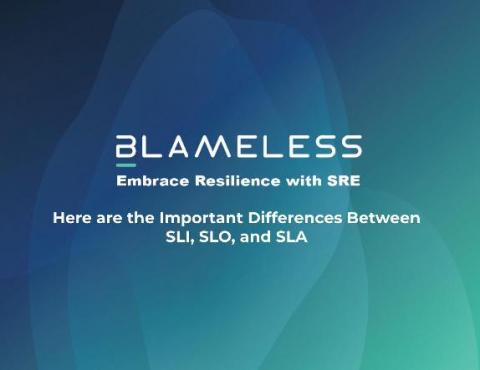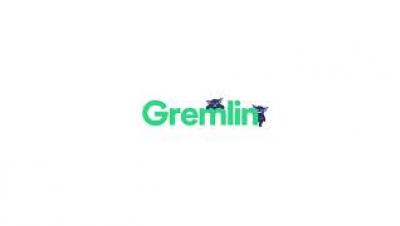Kubernetes vs Docker
In an era where container technologies have taken the industry by storm, one of the most common online searches on the topic of containers is ‘Kubernetes vs Docker’. The relevance and accuracy of this comparison is questionable, as it is not really comparing apples to apples. In this blog post, we will attempt to clarify both terms, present their commonalities and differences, and help users better navigate the ever-growing container ecosystem.











